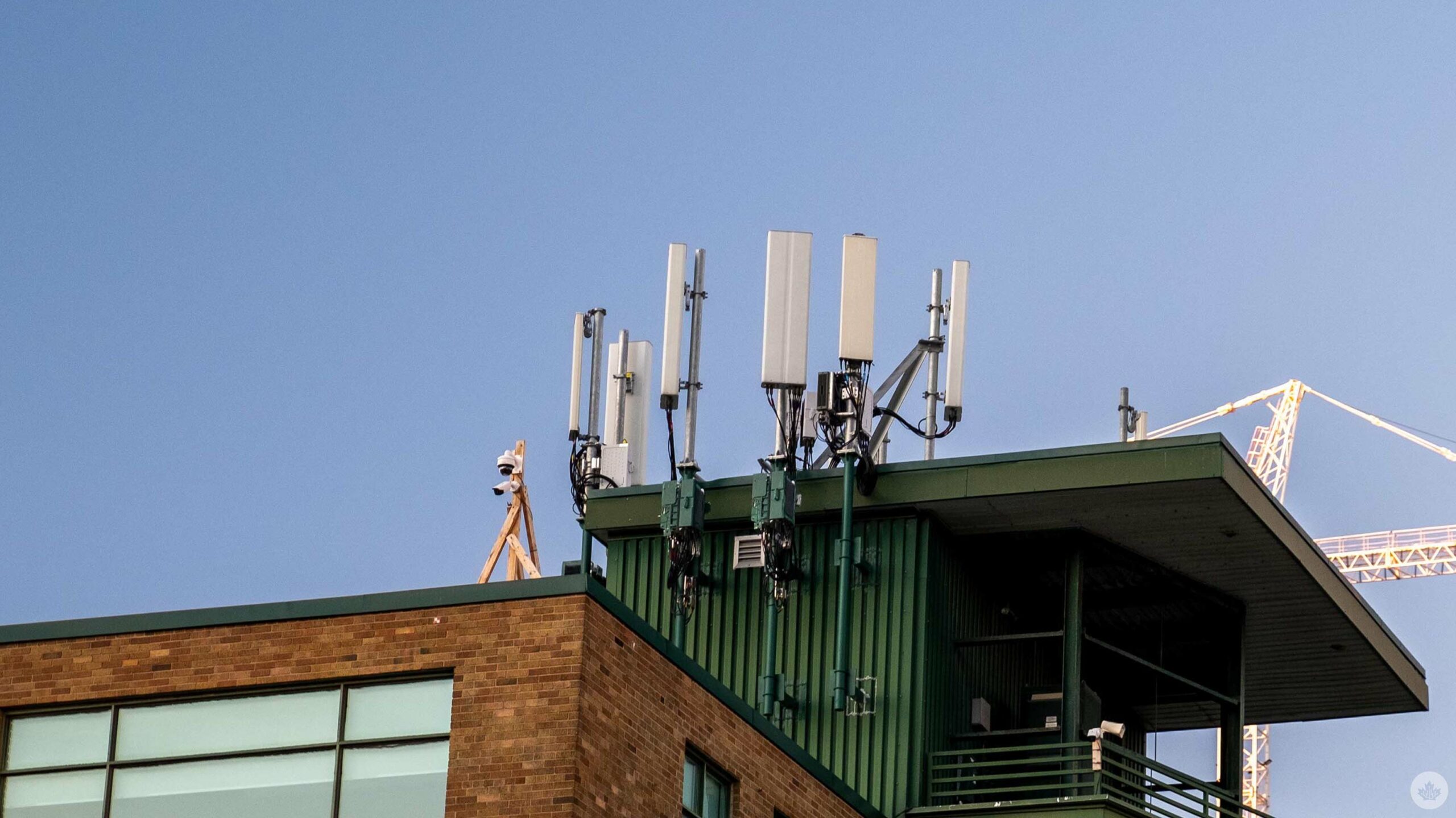
If you’ve paid much attention to U.S. telecom news (or any news, really) this week, you may have seen stories about the release of “C-band 5G” in the U.S.
For Canadians, C-band 5G availability in the U.S. really doesn’t mean much. However, it’s noteworthy as a possible glimpse at what the roll-out of the recently-auctioned 3,500MHz spectrum might be like in Canada. C-band is a broad range of radio wave frequencies between 4GHz and 8GHz (or 4,000MHz and 8,000MHz). In the U.S. specifically, C-band often refers to about 3,700MHz to 4,200MHz and, more specifically, the 3,700MHz to 3,980MHz spectrum auctioned off in 2020 (via PC Mag).
If you haven’t picked up on it yet, that makes the recently-enabled U.S. C-band 5G very similar to the 3,500MHz spectrum auctioned in Canada in 2021. (The Canadian government also recently started taking input on 3,800MHz spectrum).
What’s important about 3,500MHz spectrum and other frequencies in C-band is they make up the core of mid-band (also called ‘Sub-6‘) 5G. Spectrum in this range will be key to differentiating from current 4G networks, with use spectrum that’s similar to low-band 5G — that’s what’s primarily available in Canada right now. It also differs from high-band 5G, or ‘mmWave,’ which offers much higher speeds over a significantly shorter range. High-band 5G is also worse at penetrating objects, meaning things like walls and trees can more easily disrupt signals at these frequencies.
Put another way, mid-band 5G is the “just right” spectrum that can offer higher data speeds compared to 4G without suffering from the same range issues as mmWave. That’s not to say mmWave doesn’t have a place — it certainly does! — but it’s less applicable outside of dense urban areas.
Early U.S. tests show promising results, with speeds improving
As Verizon and AT&T flipped the switch on C-band in the U.S. on January 19th, reports started showing promising results. In the days following, results improved as well. Users were clocking speeds of 200-400Mbps, with some as high as 500-800Mbps.
Overall, it’s impressive to see, especially in comparison to U.S. 4G speeds. Further, the U.S. prioritized mmWave ahead of mid-band, which saw many cities light up ultra-fast 5G networks with extremely inconsistent availability. C-band has started to even out inconsistencies in some areas, although there’s still a way to go.
However, as with any launch, not everything is great. U.S. carriers have a limited list of phones that support the new C-band. Android Police has put together an excellent round-up of supported devices, which more-or-less includes the latest flagships from Apple, Samsung, and Google (Verizon’s Pixel 6 and 6 Pro support is ‘coming soon’).
There was also the last-minute issue with airports after the U.S. Federal Aviation Administration (FAA) warned of a “catastrophic disruption” caused by 5G. In short, concerns over interference between the new 5G frequencies and radar altimeters (which use similar frequencies to determine plane altitude and are critical in landing planes) resulted in delays. Various solutions have been put in place, including limiting 5G use around airports and implementing a spectrum ‘buffer’ between what radar altimeters use and what’s available from 5G.
For those concerned about 3,500MHz spectrum and airports in Canada, it’s worth noting the government already implemented restrictions on using the spectrum around airports — much to the frustration of carriers, who complained that the restrictions reduced the value of the spectrum purchased at auction.
So, what does all this mean for Canada? Well, first, it likely means that Canadians can expect some nice network performance boosts if they have a 5G-capable device once carriers enable 3,500MHz spectrum. There may also need to be some software patches rolled out to phones before they can take full advantage of the new spectrum. And there may also be surprise delays, although we won’t know until we get closer. Ultimately, U.S. C-band is a glimpse of what’s coming in Canada and may be a good reason to get excited about 5G.
MobileSyrup may earn a commission from purchases made via our links, which helps fund the journalism we provide free on our website. These links do not influence our editorial content. Support us here.


